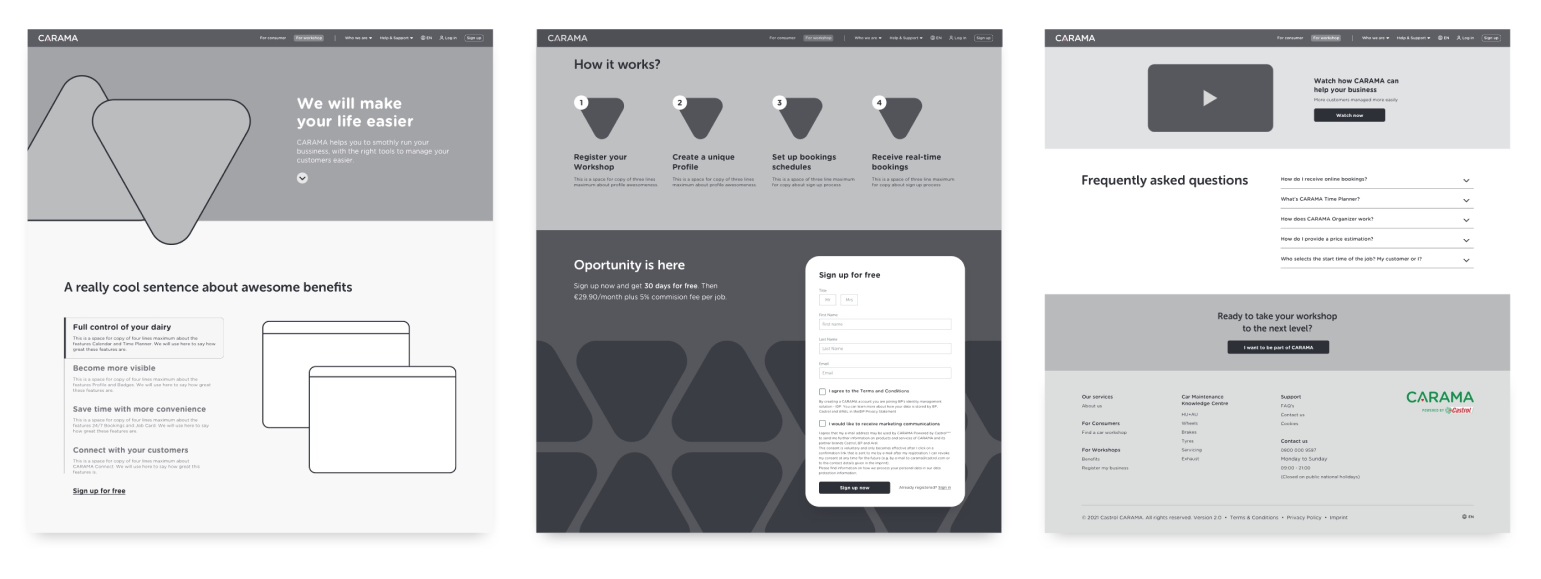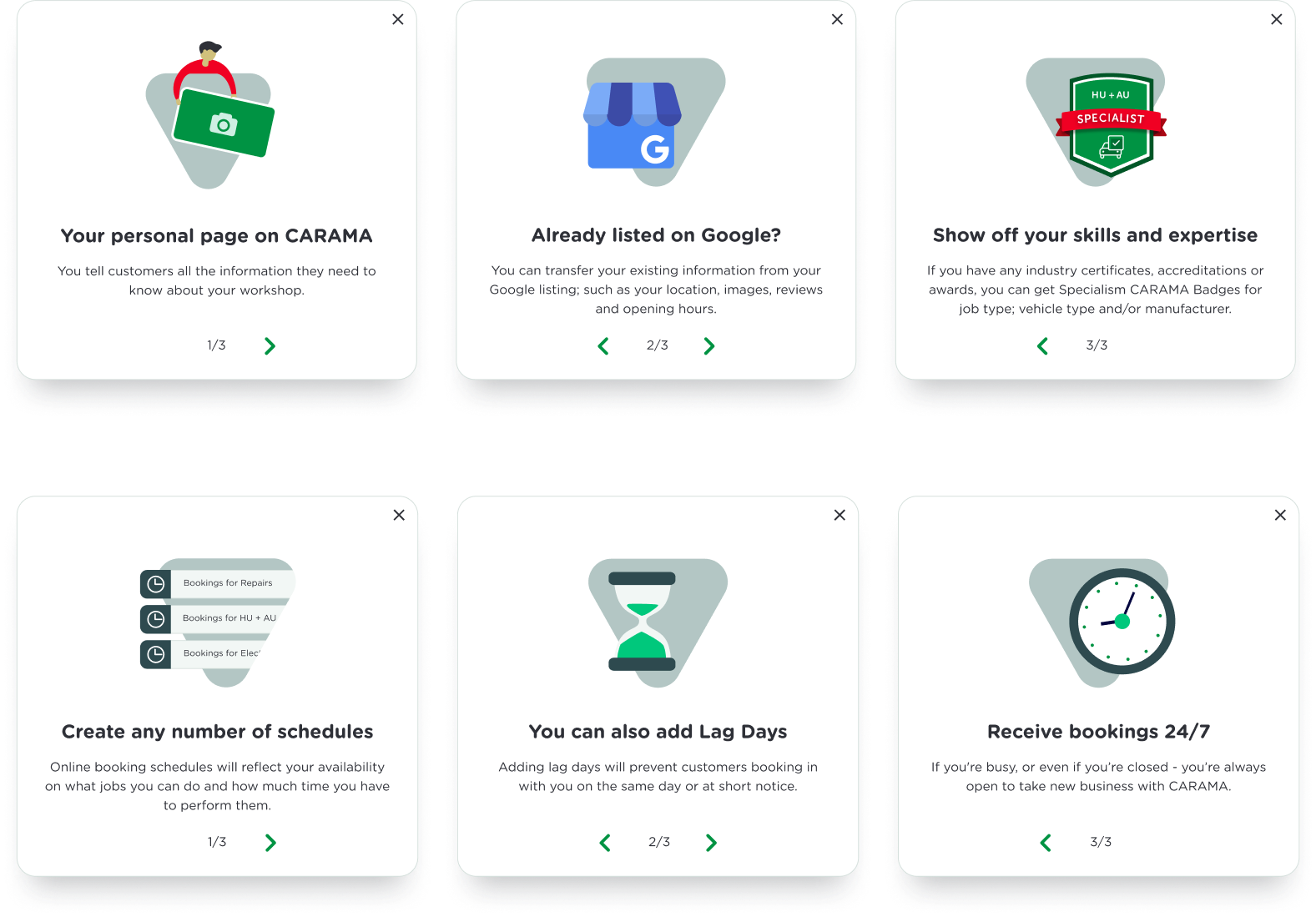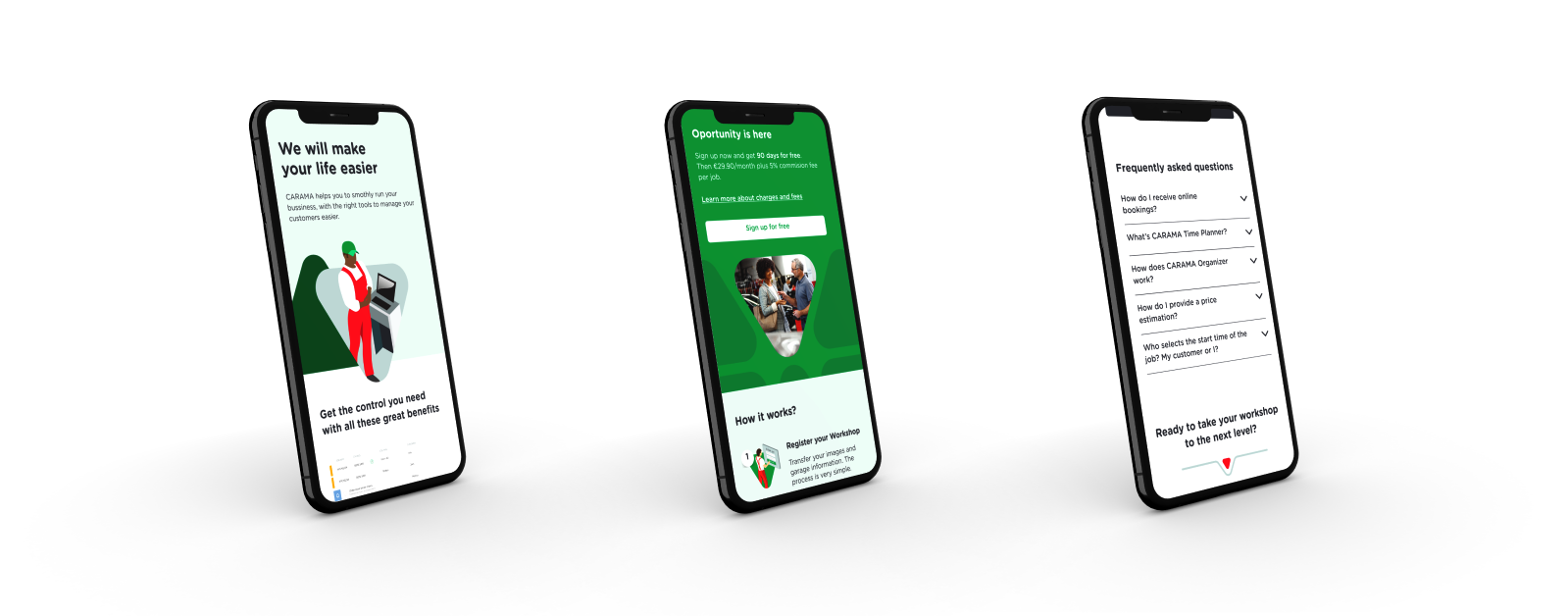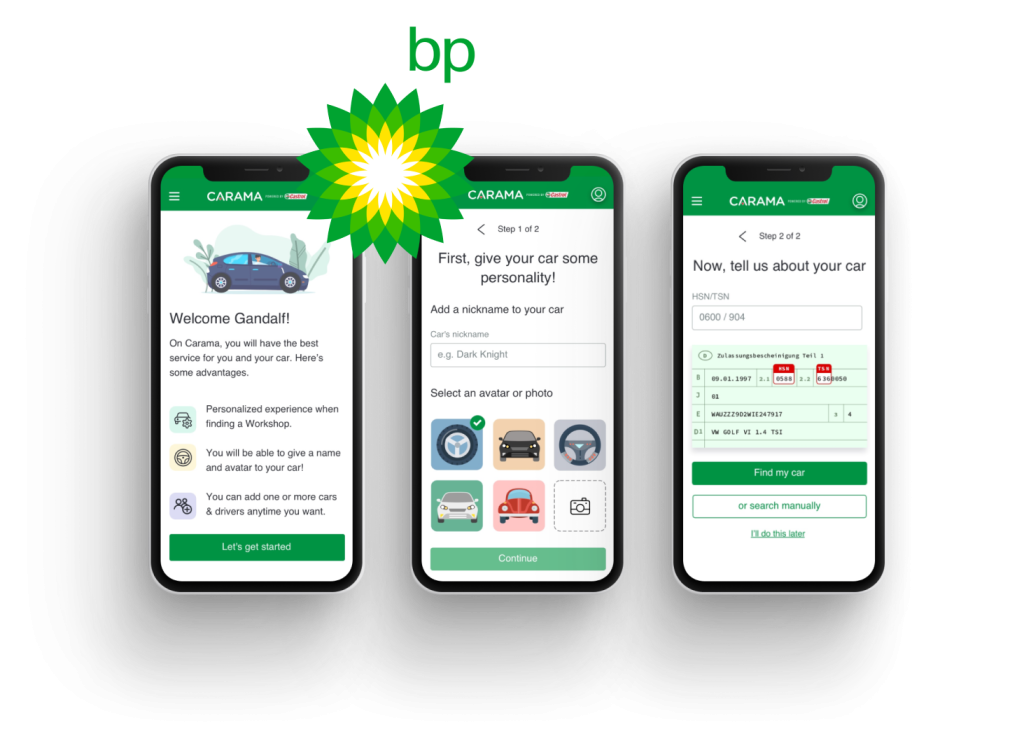Shell Market Hub Download Centre
Increasing productivity and reducing annual costs by solving challenges faced by the Marketing Team
*Password protected.
Designing Account creation B2C
Implementing the registration & onboarding process on our platform for car owners












